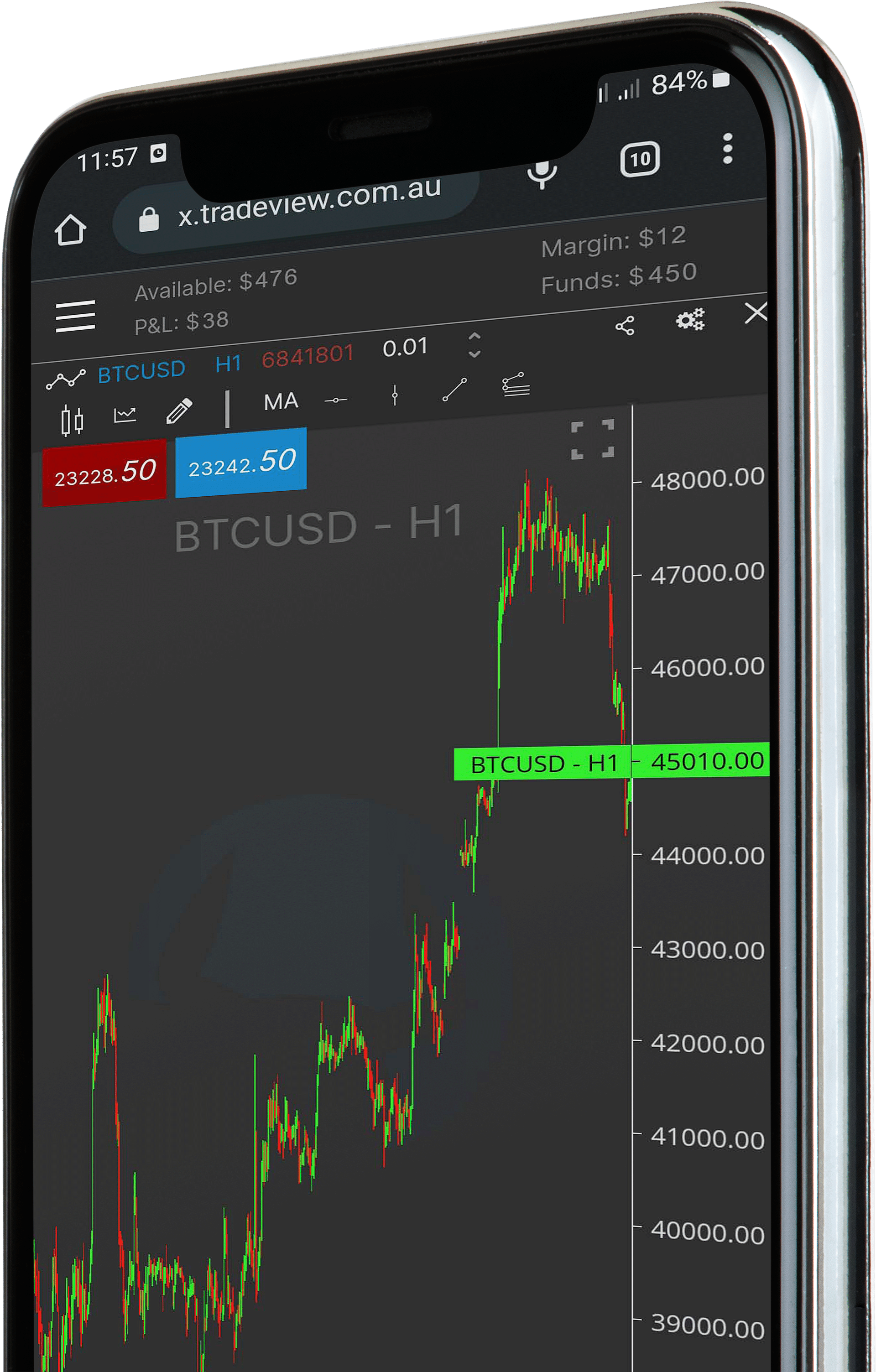Hi Traders,
In this episode, we take a look at another calculation to allow us to adjust our stop loss and take profits on the fly as the market becomes either increasingly or less volatile. This allows our algos to self-regulate based on the current market environment.
Volatility trading is a popular strategy among traders who want to take advantage of market movements. The basic idea is to profit from the ups and downs of the market by buying and selling at the right time. However, managing risk is also crucial when trading, and that’s where dynamic take profit and stop loss orders come in. In this blog post, we’ll explore how dynamic take profit and stop loss orders based on volatility can help traders manage risk and improve their profitability.
What is Volatility Trading?
Volatility trading is a strategy that involves profiting from the volatility of the market. Volatility refers to the measure of how much the price of an asset changes over time. When the market is volatile, the price of an asset can swing up and down rapidly, creating opportunities for traders to profit. Traders who use this strategy aim to buy low and sell high, taking advantage of market movements.
How do Dynamic Take Profit and Stop Loss Orders Work?
Take profit and stop loss orders are common risk management tools that traders use to manage their positions. Take-profit orders to allow traders to automatically close their positions when the price reaches a certain level, locking in profits. Stop loss orders, on the other hand, allow traders to automatically close their positions when the price reaches a certain level, limiting their losses.
Dynamic take profit and stop loss orders based on volatility are more advanced risk management tools that take into account the market’s volatility. The basic idea is to set the take profit and stop loss levels based on the current volatility of the market. For example, if the market is very volatile, the take profit and stop loss levels can be set wider, allowing for greater profit potential but also greater risk. On the other hand, if the market is less volatile, the take profit and stop loss levels can be set tighter, reducing the potential profit but also reducing the risk.
Why Use Dynamic Take Profit and Stop Loss Orders Based on Volatility?
Using dynamic take profit and stop loss orders based on volatility can help traders manage risk more effectively. By adjusting the take profit and stop loss levels based on the market’s volatility, traders can ensure that they are not taking on too much risk during periods of high volatility. At the same time, they can also take advantage of the increased profit potential during periods of high volatility.
In addition, dynamic take profit and stop loss orders can help traders avoid emotional decision-making. Traders can set their risk parameters in advance and let the orders do the work for them. This can help prevent traders from making impulsive decisions based on fear or greed.
Conclusion
Volatility trading can be a profitable strategy, but it also comes with risks. Dynamic take profit and stop loss orders based on volatility can help traders manage their risk and improve their profitability. By taking into account the market’s volatility, traders can adjust their risk parameters to ensure that they are not taking on too much risk during periods of high volatility. At the same time, they can also take advantage of the increased profit potential during periods of high volatility.
If you would like to learn more about creating automated trading strategies check out the Trading Talk series which has a new episode each week with different topics and concepts on popular automated trading strategies.
Why wait? Get started today. Sign up for an account today with our partner broker www.tradeview.tech and start creating your own automation.





